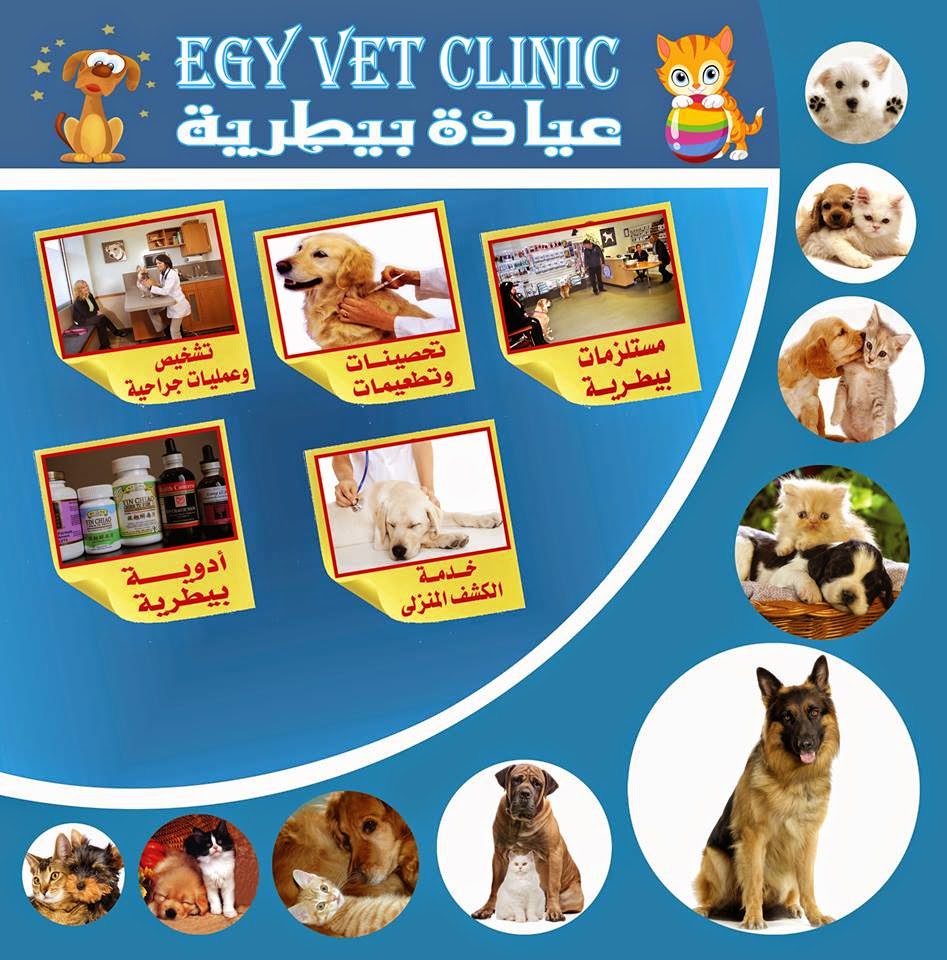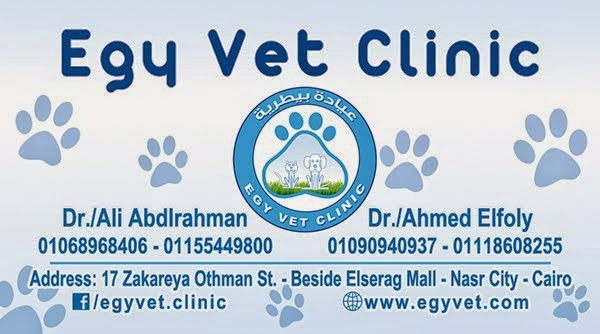How
Do I Determine if My Dog is Overweight?
Q. When is a dog considered
to be fat?
 A. Veterinarians often use
a 9 point scoring system to evaluate the body condition of pets. A point value
of 1 means the dog or cat is extremely thin to the point of emaciation.
A score of 9 means the pet is grossly overweight. And like Goldilocks and the
three bears, a score of 5 is 'just right.' To determine body score, there are
several specific areas of the dog or cat we look at. Remember, these are
guidelines. A Greyhound with a score of 5 is still going to be thinner than a
Bulldog with the same score.
A. Veterinarians often use
a 9 point scoring system to evaluate the body condition of pets. A point value
of 1 means the dog or cat is extremely thin to the point of emaciation.
A score of 9 means the pet is grossly overweight. And like Goldilocks and the
three bears, a score of 5 is 'just right.' To determine body score, there are
several specific areas of the dog or cat we look at. Remember, these are
guidelines. A Greyhound with a score of 5 is still going to be thinner than a
Bulldog with the same score.
NOTE: We have included some
illustrations at the end of this article which depict the contours of various
body scores.
To perform
the rating, we first feel the pet's ribs. We should be able to quite easily
feel the ribs. There should be a slight amount of fat over them, but each rib
should be distinct. If you can see the ribs, the pet is too thin. If you can
not feel them at all, the pet is very overweight.
Second, check
the area near the base of the tail. There should be a slight fat covering over
this area and it should feel smooth. If the bones protrude, the pet is too
thin; if you can not feel any bones at all, the pet is very overweight.
Third, feel
other bony prominences on the pet's body such as the spine, shoulders, and
hips. Again, you should be able to feel a small amount of fat over these areas.
If these bones are easily felt or visible, the dog or cat is too thin. If you
can not feel the bones beneath the layer of fat, the animal is obviously
overweight.
Fourth, look
at your pet from above. The animal should have a definite waist behind the
ribs. If the waist is extreme, or again, bony prominences are visible, the
animal is too thin. If there is no waist, or worse yet, the area between the
ribs and hips is wider than the hips or ribs, the dog or cat is grossly
overweight.
Fifth, look
at the pet from the side. Dogs and cats should have an abdominal tuck, i.e.,
the area behind the ribs should be smaller in diameter than the chest. This can
vary a lot between breeds. Irish Setters and Greyhounds, for instance, appear
to have a much more distinct abdominal tuck, since they are so deep-chested. An
animal who is too thin will have a very severe abdominal tuck. Overweight
animals will have no abdominal tuck.
If you feel
your dog is overweight, consult your veterinarian to determine if there are any
other medical problems before starting the animal on a weight reduction
program. Your veterinarian can also suggest various diets, how fast your pet
should lose weight, etc .
|
|
Very Thin
Body Score = 1
|
|
|
Thin
Body Score = 3
|
|
|
Ideal
Body Score = 5
|
|
|
Overweight
Body Score = 7
|
|
|
Obese
Body Score = 9
|
Health Risks in
Overweight or Obese Dogs
 As in people, dogs carrying extra pounds
of weight place extra demands on virtually all the organs of their bodies. When
we overload these organs, disease and sometimes death are the consequences. The
health risks to overweight dogs are serious and every dog owner should be aware
of them. The more common consequences of obesity in dogs are discussed below.
As in people, dogs carrying extra pounds
of weight place extra demands on virtually all the organs of their bodies. When
we overload these organs, disease and sometimes death are the consequences. The
health risks to overweight dogs are serious and every dog owner should be aware
of them. The more common consequences of obesity in dogs are discussed below.
-
Diabetes
mellitus (sugar diabetes)
-
Damage
to joints, bones, and ligaments
-
Heart
disease and increased blood pressure
-
Difficulty
breathing
-
Decreased
stamina
-
Heat
intolerance
-
Decreased
liver function
-
Increased
surgical and anesthetic risk
-
Reproductive
problems
-
Digestive
disorders
-
Decreased
immune function
-
Skin
and hair coat problems
-
Increased
risk of cancer
-
Decreased
quality and length of life
 .
Milk products are bad for dogs
.
Milk products are bad for dogs

 3/28/2013
3/28/2013





